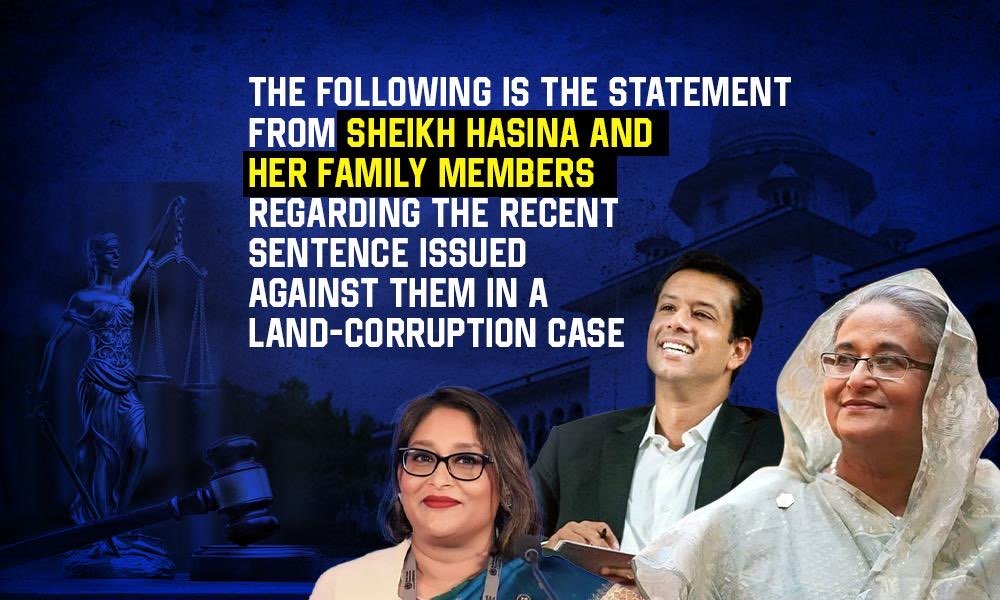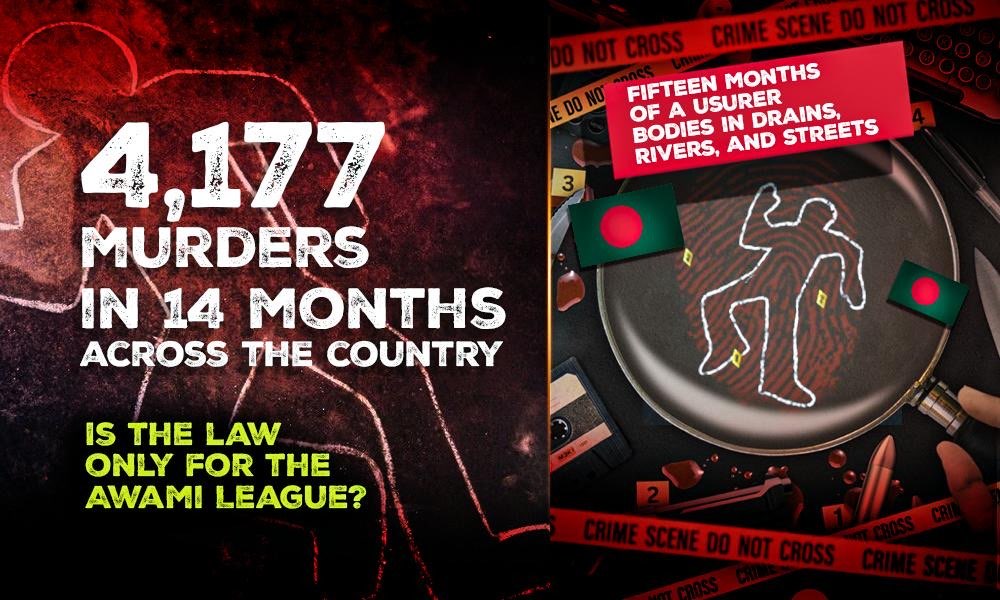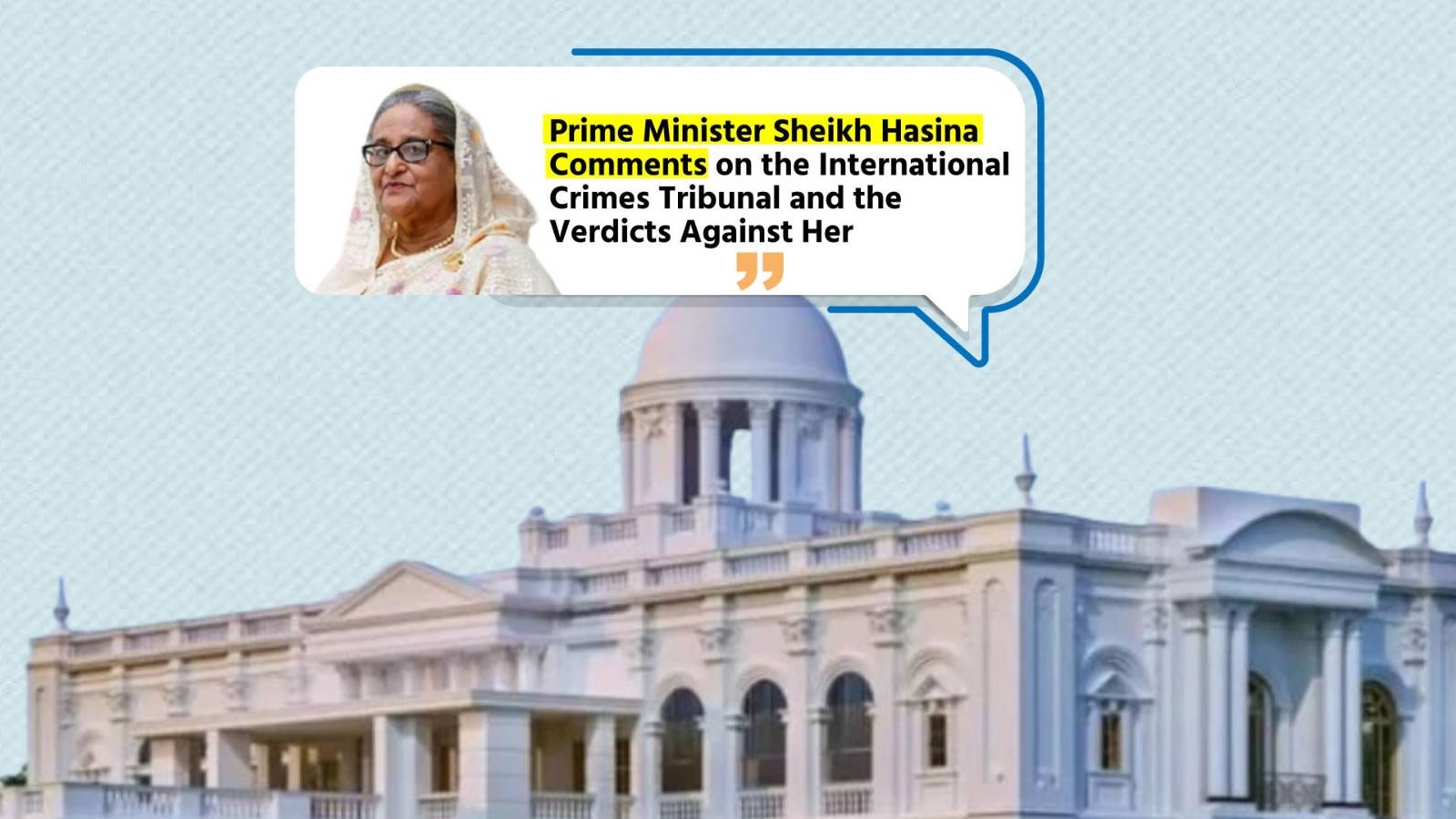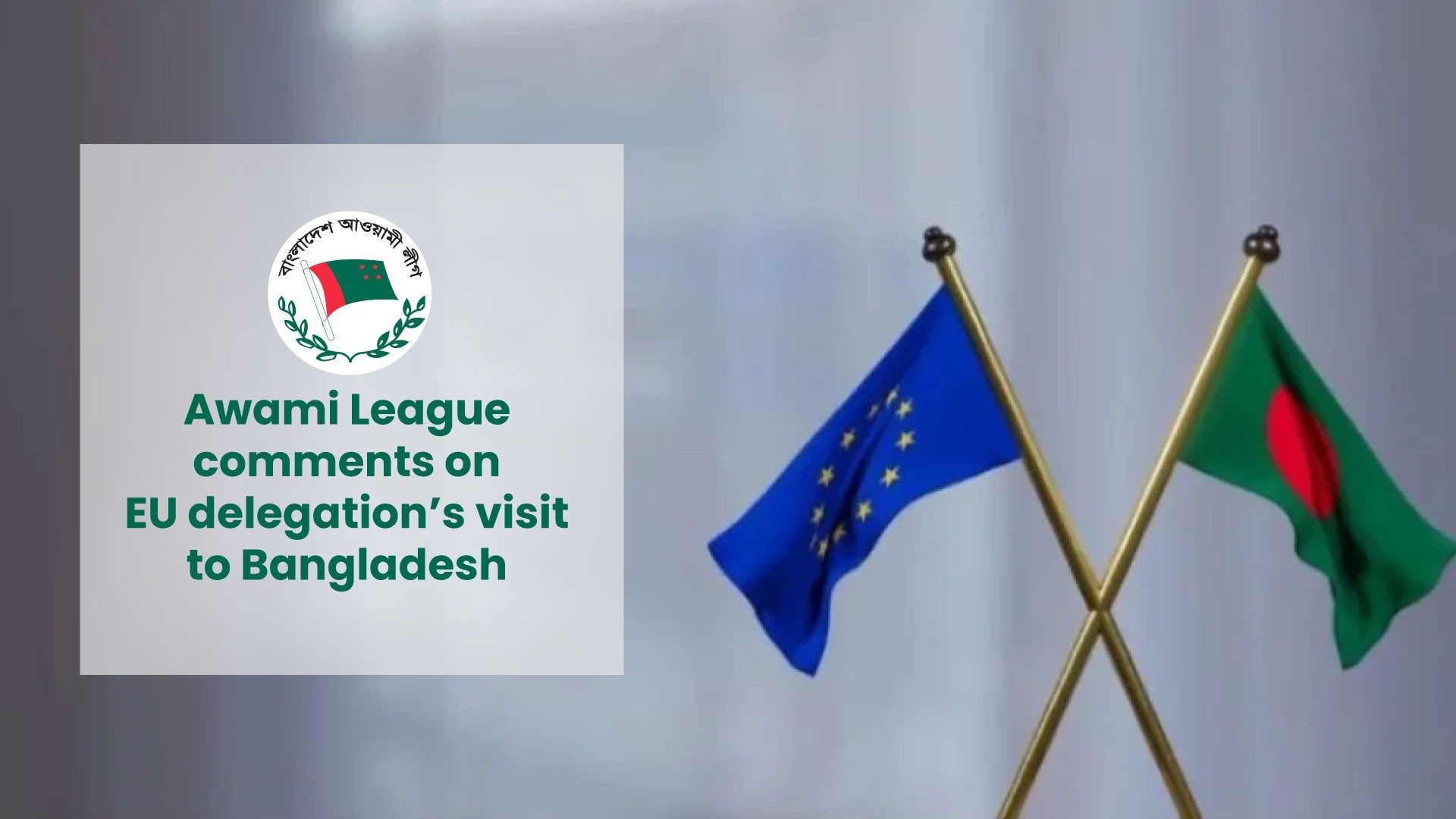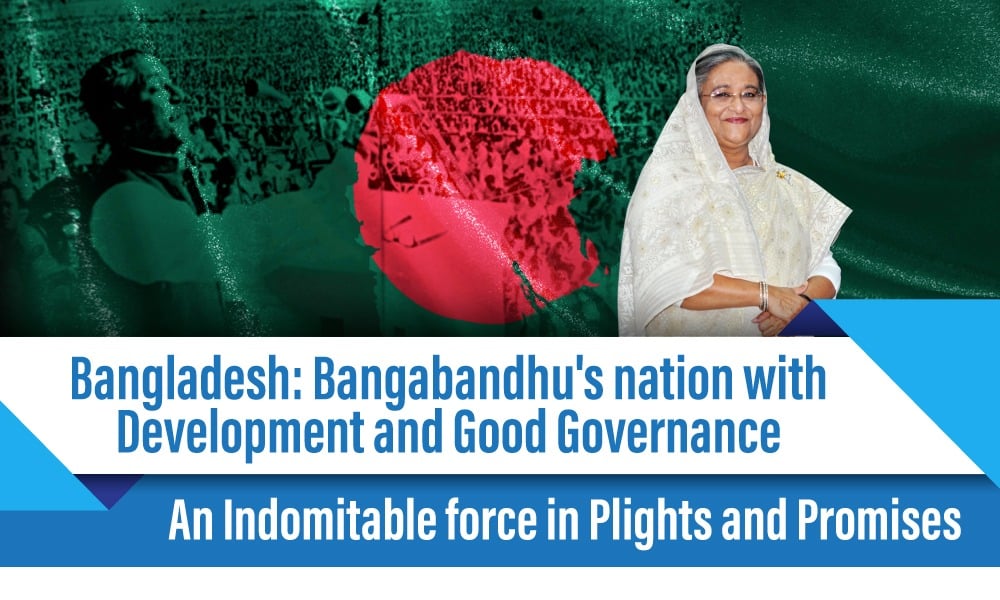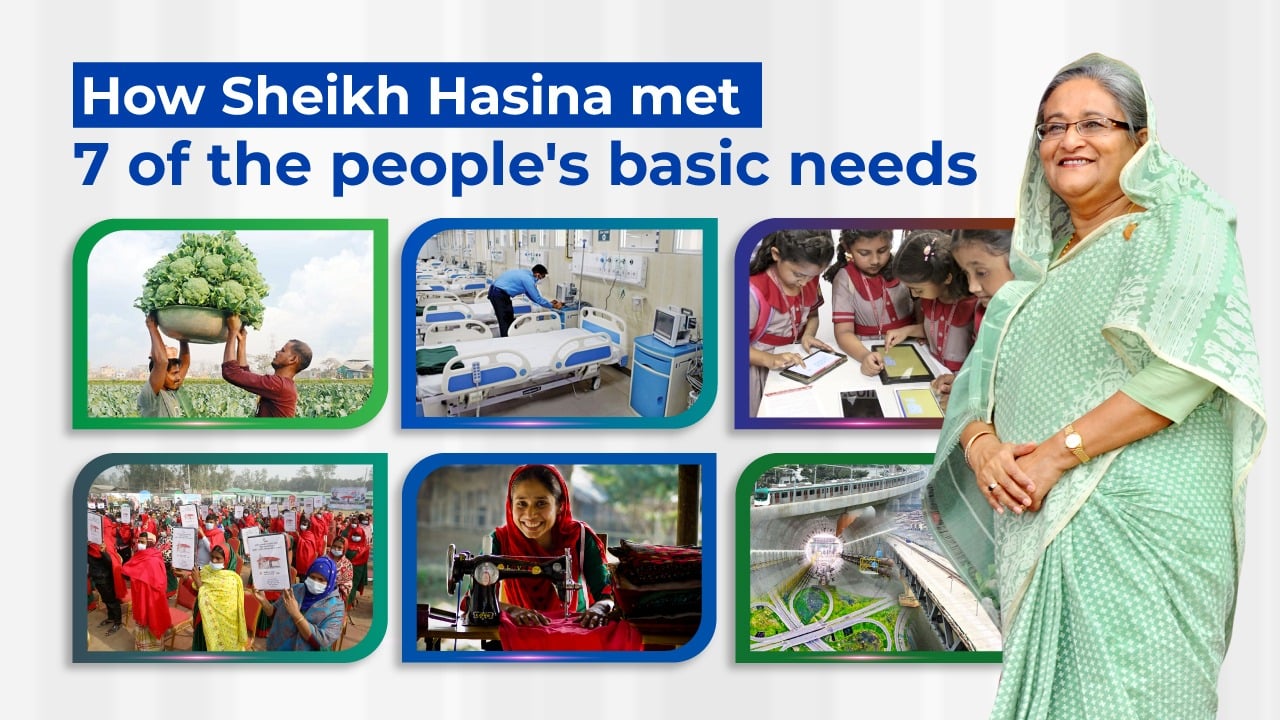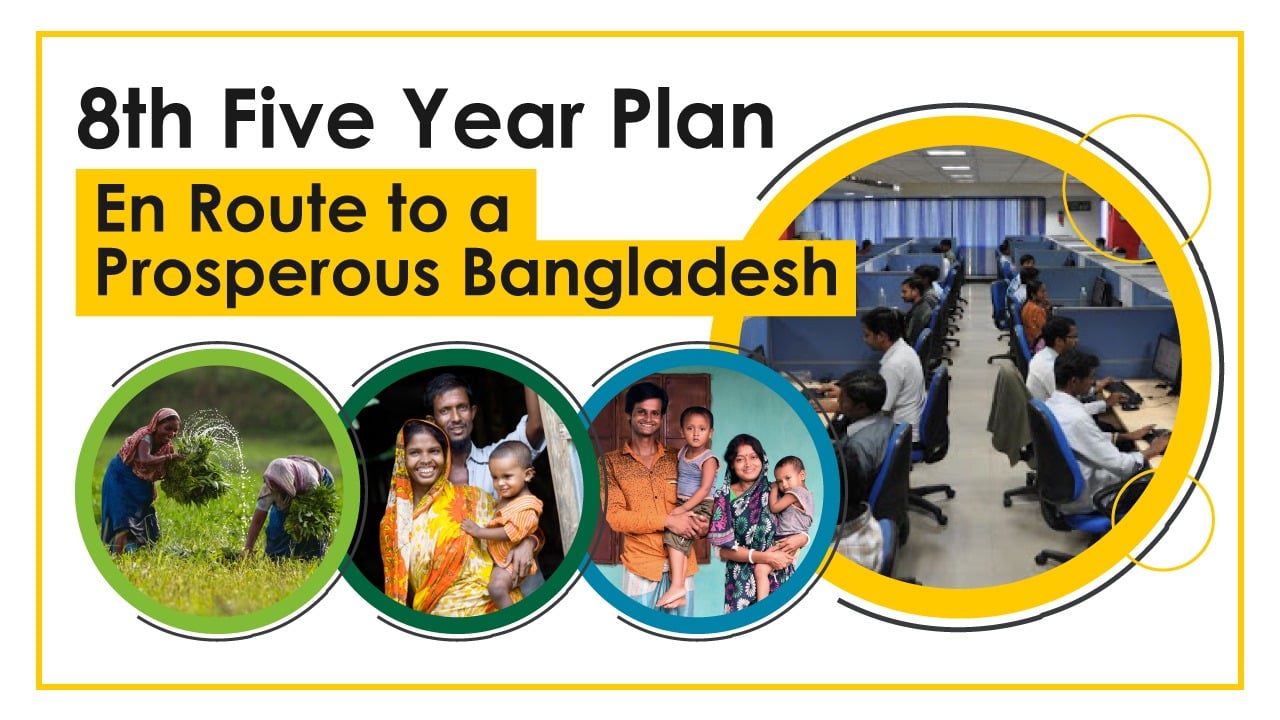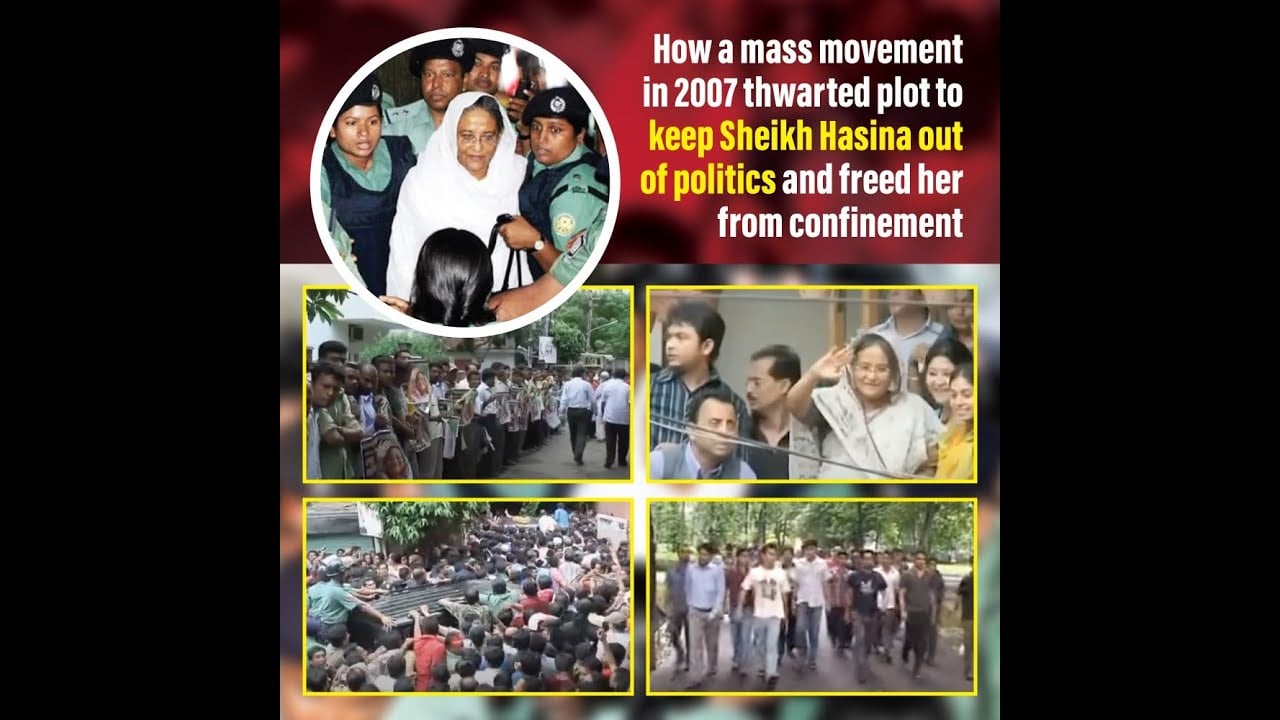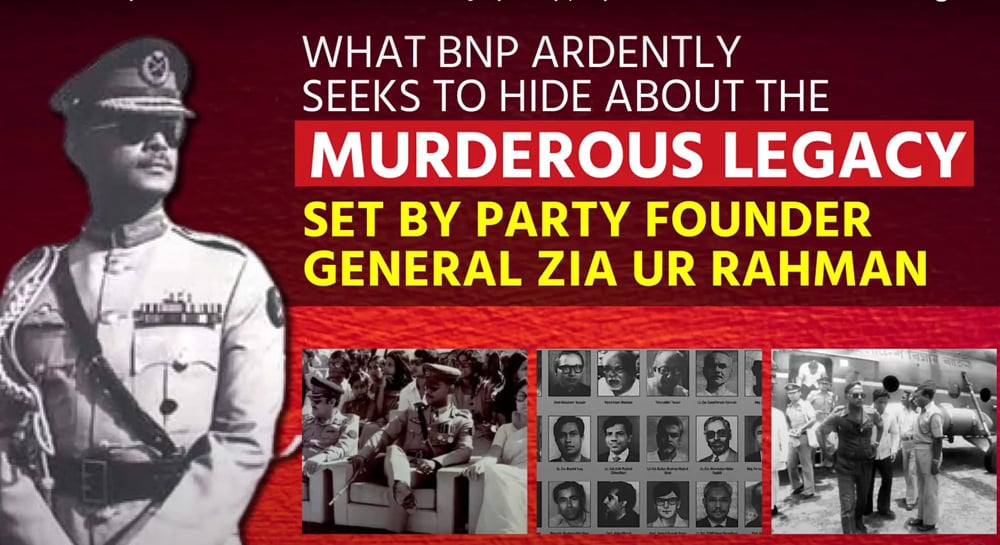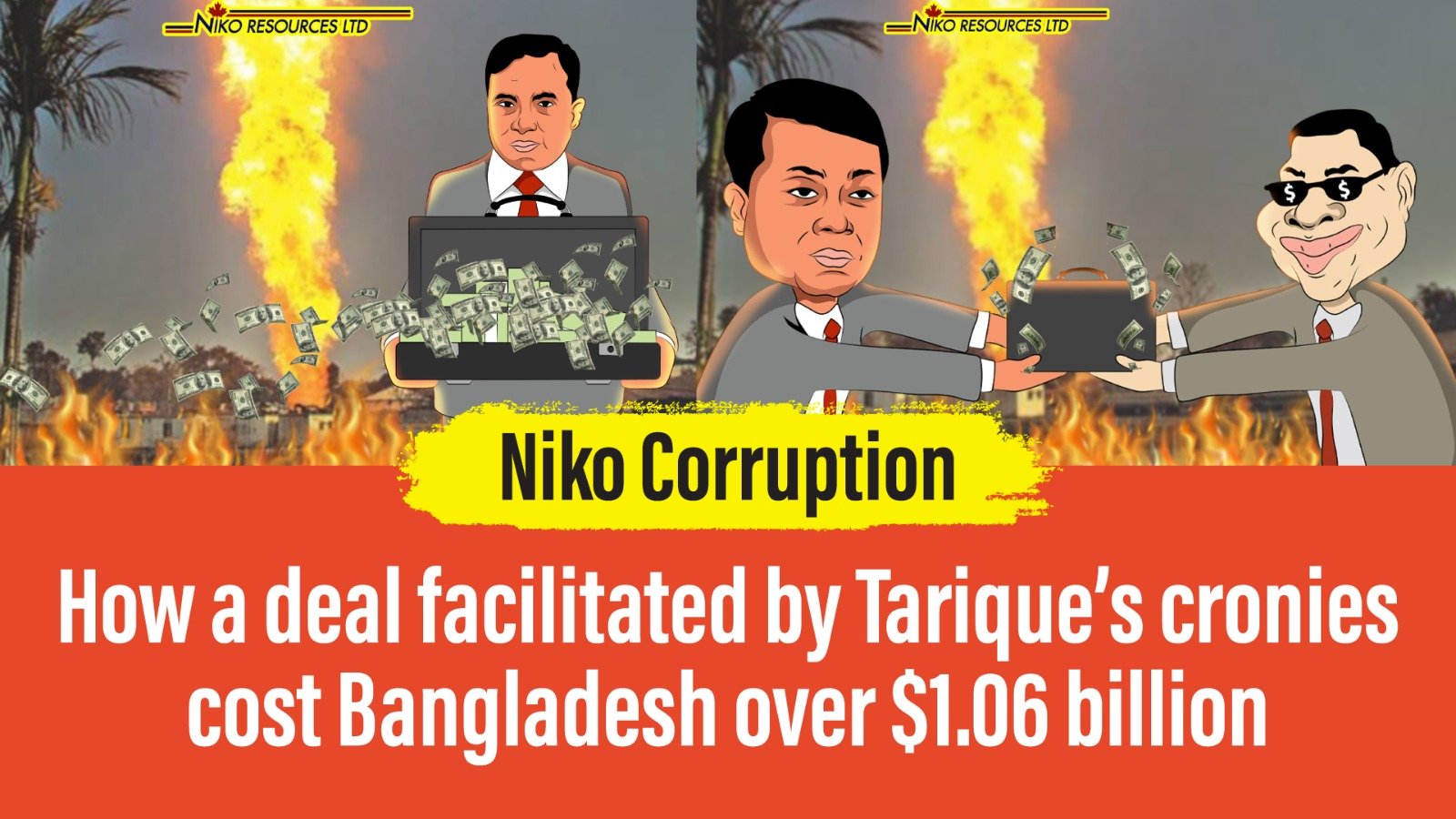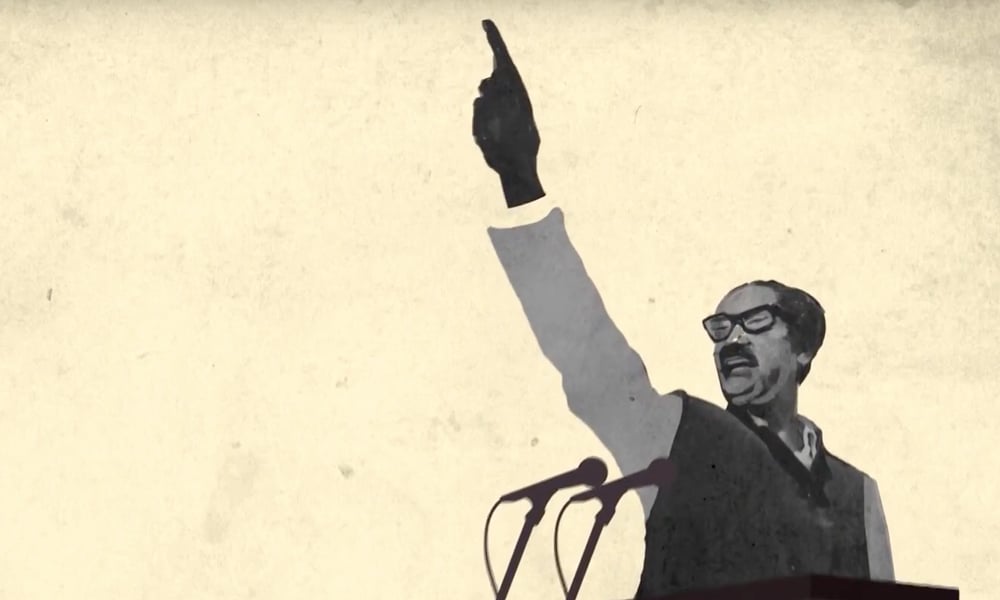6942
Published on July 26, 2025Gopalganj, the birthplace of Sheikh Mujibur Rahman, should have stood as a symbol of unity, heritage, and pride. But on July 16, it became a graveyard for innocent civilians. Instead of peace, the streets echoed with gunshots. Instead of justice, blood flowed.
What happened wasn’t a clash. It was a calculated show of force, not to protect the people, but to protect the leaders of the National Citizen Party (NCP), the political project backed by interim leader Muhammad Yunus.
Under his watch, security forces opened fire on unarmed citizens and protesters. People who weren’t even involved in politics were shot dead. Families are now left shattered, asking why their loved ones had to die just so a handful of NCP leaders could be safely escorted out of town.
And the question that haunts us all: Why did the army fire this time?
During the protests in August 2024, the military refused to shoot. They held their ground with discipline, choosing restraint over violence. But now, under Yunus' orders — or perhaps under his influence, they fired without mercy. So what changed?
Is the military now taking sides? Are they backing Yunus, even if it means turning their guns on the very people they swore to protect?
Gopalganj has witnessed many political storms. But this — this betrayal from within — may be the most dangerous yet.
Gopalganj Turns Violent Amid NCP’s July March
The Rally That Turned Deadly: Timeline of July 16 Events
What was supposed to be a peaceful rally — part of the National Citizen Party’s “March to Gopalganj” — spiralled into a bloodbath on July 16. By the end of the day, at least five civilians lay dead, dozens were injured, and the city was placed under curfew. Here’s how the day of horror unfolded:
Morning: A Provocative Start
From the beginning, local residents were on edge. Gopalganj holds immense emotional and historical value for millions across Bangladesh — it is the land where Sheikh Mujib was born and laid to rest. So when NCP leaders began delivering fiery speeches that harshly criticised Sheikh Mujibur Rahman, calling into question his legacy and the role of his family in Bangladesh’s history, many locals found it deeply offensive.
What might have been a routine political gathering quickly turned volatile. Locals, many of whom were not affiliated with any political party, gathered around the rally site, visibly angered by the rhetoric. People who had come out just to observe found themselves gripped by emotion. Tensions were rising fast.
Early Afternoon: Confrontation Breaks Out
As the rally ended and the NCP convoy attempted to move through the city, confrontations erupted near Gopalganj Government College and along the main thoroughfares. Some vehicles in the convoy were reportedly attacked by furious locals. Stones were thrown. People shouted slogans in defence of Sheikh Mujib and the honour of Gopalganj.
It’s important to understand — this was not a premeditated clash. It was the result of deep-seated hurt and raw emotion felt by residents who saw the rally as a direct insult to their history and heritage. The situation worsened rapidly, especially near the launch terminal and central market areas.
Mid-Afternoon: Escalation and Gunfire
By 2:30 PM, the police and military presence in the area had increased. When the clashes intensified, security forces reportedly fired rubber bullets and tear gas to disperse the crowds. But then live rounds were fired. Videos later surfaced showing shots being fired into densely populated areas, where both protestors and bystanders were present.
Tragically, multiple people lost their lives in the chaos. Some of the victims were local workers and shopkeepers, people who had nothing to do with the NCP or the protests, but who were caught in the crossfire as the situation spiralled out of control.
Timeline: A day of mayhem in Gopalganj
Evening: Curfew and Silence
With the city on the brink, authorities imposed a strict curfew starting at 8 PM. NCP leaders, who had taken shelter in the police superintendent’s office, were escorted out of Gopalganj under army protection. The district was sealed off.
NCP leaders leave Gopalganj in APC
But the damage was already done. The people of Gopalganj, proud of their city’s place in Bangladesh’s history, were left shocked, hurt, and mourning. The deaths, the crackdown, and the open anger all pointed to one undeniable truth: something deeper had broken that day, something that went beyond politics.
State-Sanctioned Violence: Who Fired the First Shot?
As the sun set on July 16, the bloodstained streets of Gopalganj raised a chilling question: who gave the order to shoot?
In the hours following the violence, government sources scrambled to control the narrative. The Inter-Services Public Relations (ISPR) quickly released a statement blaming “unruly elements” for the chaos and claimed the army acted in self-defence. But videos tell a different story — one that shows unarmed protestors, some simply chanting slogans, being fired upon without warning. Others show bodies collapsing mid-run, with no visible threat posed to law enforcement.
Even more disturbing are the accounts of what happened immediately after people were detained. In one case, a young man named Ramzan Ali was reportedly picked up alive by security forces, only to be found dead with bullet wounds minutes later. Another clip circulating widely shows Dipto Saha — a student and local resident — being shot, dragged away, and then brutally beaten. These are not isolated incidents. These are state-sanctioned executions.
So, who pulled the trigger? And more importantly, who ordered them to?
According to multiple credible sources, the directive to open fire came from none other than the interim regime’s unelected advisor, Asif Mahmud. Reports suggest that he was personally overseeing operations from the Gopalganj control room and gave the order to suppress the unrest with force. While the military had refused to fire on protestors during the August 2024 uprising, this time they complied, raising serious questions about their current allegiances.
Has the military, once seen as a stabilising force, now become a tool in Muhammad Yunus’ grip over the nation? Why was restraint shown last year, but bullets used this time — and in Sheikh Mujib’s hometown no less?
No matter how the government tries to spin it, the evidence is undeniable. Live ammunition was used against unarmed civilians. People died. Innocent blood was spilt.
The burden of responsibility lies squarely with those in power — the ones who stood behind the trigger, and the ones who stood behind the order.
Yunus’ Brutal Strategy: Guard the Rally, Gun Down Gopalganj
In any other democracy, such a public reaction would have been understood as emotional but organic. Instead, what followed was a brutal display of state-sponsored violence, designed not to contain unrest but to send a message.
While Gopalganj boiled with anger, Muhammad Yunus ensured that NCP leaders — the very instigators of the tension — were protected. When the situation spiralled, these leaders were promptly escorted into the Superintendent of Police’s office and later moved safely out of the district under military protection. That same military — which had refused to fire on demonstrators during the August 2024 uprising in Dhaka — opened fire on Gopalganj’s streets without hesitation.
Bangladesh: Gopalganj violence reaches UN with 'genocide' allegations, Army's role questioned
Why the change in protocol? Why the sudden shift from restraint to ruthless suppression?
In 2024, when tens of thousands marched against Sheikh Hasina’s regime, the army held back, refusing to shoot at civilians. Their restraint was praised both at home and abroad. But just a year later, in Sheikh Mujib’s birthplace — a place loaded with political and emotional symbolism — the same army, under the directive of Yunus’ unelected advisors, responded with live rounds. Young men were shot in the back. Civilians were shot without provocation. Bodies were dragged and beaten.
And all the while, the leaders of the NCP — who had stirred the hornet’s nest with provocative speeches — were shielded and whisked away to safety. This was not a chaotic breakdown of law and order. This was a dual strategy: guard the political allies, gun down the public.
The contrast is stark, the message louder than ever — dissenting against Yunus’ regime comes at a deadly price. And the army, once seen as a neutral force, now stands accused of crossing the line into partisanship.
Mass Arrests, Curfews, and the Machinery of Repression
In the hours following the bloodshed, the state wasted no time launching a crackdown. A curfew was slapped across Gopalganj, cutting off movement and silencing the grieving town. More than 160 people were arrested, many dragged from their homes without formal charges. Police filed sweeping cases implicating over 9,000 unnamed individuals—an old tactic to stoke fear and suppress dissent.
Gopalganj violence: Two more cases filed, total accused 9,850
The very residents whose fury had been sparked by attacks on Bangabandhu’s legacy were now being rounded up like criminals. Army and law enforcement patrolled the streets alongside armoured vehicles, creating an atmosphere more fitting for occupied territory than a free republic. While Yunus' administration claims to be restoring order, the people of Gopalganj know otherwise—they are watching a government punish its own citizens to protect a party with no roots in their soil.
A Government That Shoots to Survive
What happened in Gopalganj on July 16 wasn’t just another chapter in Bangladesh’s political unrest—it was a state-sanctioned massacre. The Yunus-led interim regime, under the guise of protecting “public order,” used bullets to silence outrage, tear gas to drown dissent, and curfews to lock down the truth. Unarmed civilians—some mere bystanders—were gunned down while NCP leaders were guarded, evacuated, and shielded by the very forces that claim neutrality.
Despite mounting evidence, the regime continues its cover-up. The demand for an impartial UN-led investigation grows louder by the hour, but the Yunus administration shows no intent to cooperate. Instead, it has chosen the path of authoritarian suppression: mass arrests, gag orders on the media, and relentless harassment of families seeking justice.
Gopalganj Violence: UK-Based Body Seeks UN Probe
This is not governance. This is fear in uniform. And Muhammad Yunus must answer for it. The blood spilt in Gopalganj cannot be washed away by press releases or military statements. The world is watching—and no amount of Nobel credentials will shield this regime from accountability.

